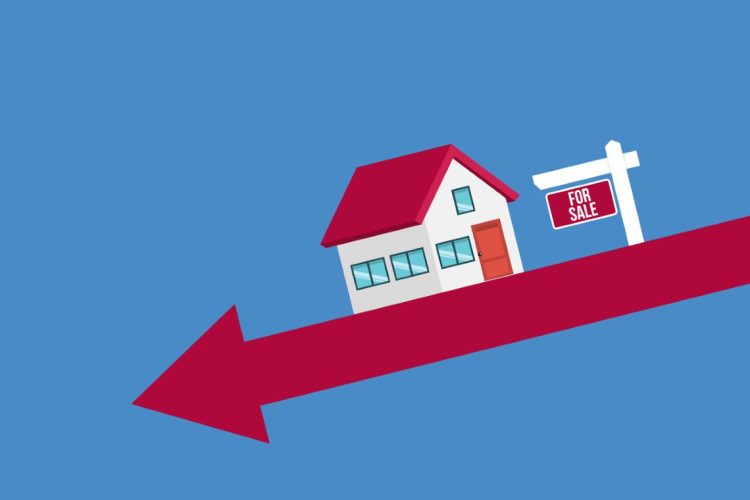The National Association of Realtors®’ (NAR) latest report released today revealed essentially unchanged sales activity, contributing to three consecutive years of sluggish home sales.
August saw a slight decrease in existing-home sales from July, at just 0.2%, with a seasonally adjusted rate of 4 million homes sold. Year-over-year, the market has seen a 1.8% increase in existing-home sales, which is not a major breakout—but definitely a step in the right direction.
As for inventory, there’s been a slight increase in unsold inventory since last year. However, inventory has been dropping month-to-month, with a 1.3% decrease since July, at 1.53 million units, which is equal to about four and a half months of supply.
NAR Chief Economist Lawrence Yun said the market would still need around 300,000 additional homes listed to reach healthier conditions. He added that the slight decline in inventory this past month has to do with delisitings, reflecting the lack of pressure sellers feel to settle and accept lower offers.
On a regional basis, the Midwest has outperformed other areas, leading the way in monthly and yearly home sale activity and price, which Yun attributed to the affordability of the market.
Year-over-year, there’s been a 2% increase in median existing-home sales price, which reached $422,600—a record high for the month of August specifically, according to Yun. While below the year-over-year increase in consumer prices and wage growth, this is still a modest gain. The median home price in the Midwest is currently 22% below the national average, which Yun credited for its relative strength in sales (up 2.1% from last month).
While the pandemic real estate boom ramped up prices, and the national average has increased by 52% since August 2019, Yun says these numbers have started to flatten out a bit in the past few months.
At the lower end of the market, considering homes priced at $100,000 or below, sales are down by 10% this year due to limited inventory. Whereas houses at the upper end of the market, priced above $750,000, are up by 7%, largely because these homes are usually purchased by trade-up buyers rather than first-time homebuyers.
“Record-high housing wealth and a record-high stock market will help current homeowners trade up and benefit the upper end of the market. However, sales of affordable homes are constrained by the lack of inventory,” Yun said.
Yun said sellers with existing homes on the market might have to start responding to the pressure of steadying home prices, especially with the competition of new listings when it comes to first-time homebuyers.
“Builders are now focused on building smaller sized homes and probably in cheaper areas…so if (first-time buyers) are looking at the choices, certainly the new homes are offering better pricing compared to what the existing inventory market is offering,” Yun added.
Bright MLS Chief Economist Lisa Sturtevant said in a statement that market conditions are starting to improve, but probably won’t be back to an acceptable level for another few years.
“Rates have already started to move lower and home price growth is softening in most housing markets and is falling year-over-year in markets where inventory has been expanding fastest,” Sturtevant said. “However, it likely will be 2027 before we see a return to long-term average home sales activity.”
To read the full report, click here.











